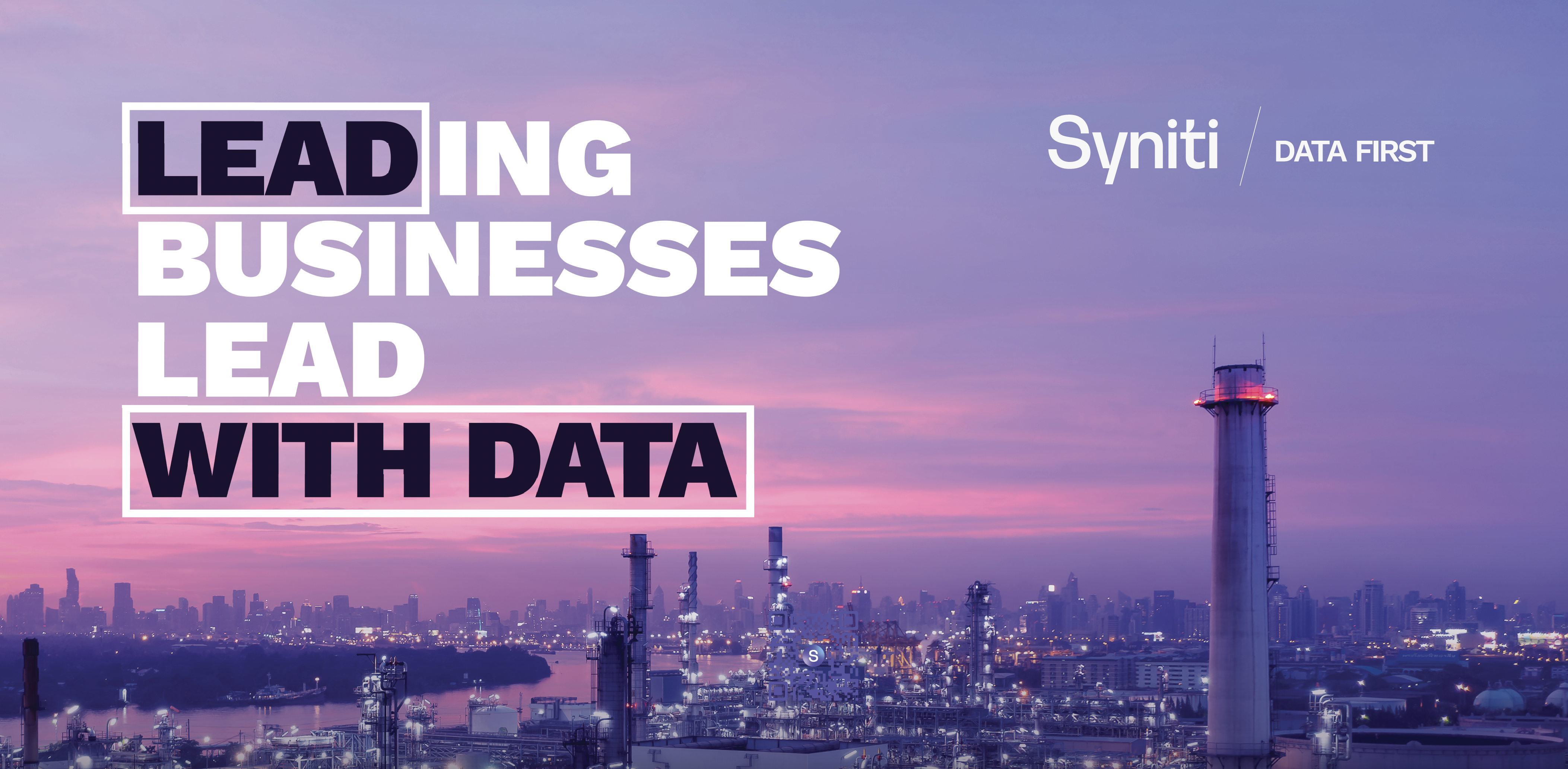The ticking clock of the SAP S/4HANA 2027 deadline is a stern reminder for businesses to buckle up for their impending data migration journey to SAP S/4HANA. With migration projects often stretching between 12 to 18 months, the pressure is on to meet the deadline while ensuring a seamless transition.
However, based on a survey conducted by the UK & Ireland SAP User Group (UKISUG) of 116 SAP user organizations, 61% of respondents reported that data management challenges have slowed or will slow the automation of their business processes. Meanwhile, 66% stated that data management represents a challenge when moving from SAP ECC 6.0 to SAP S/4HANA. To make matters worse, business leaders are being tasked to demonstrate quicker and bigger ROI while budgets and resources remain relatively unchanged in recent years.
Putting that into consideration, it’s absolutely integral that organizations rethink how they engage with their data before any large-scale migration. To help set you down the right path, this blog will delve into how a Data First approach can help you streamline your business transformations.

What is a Data First Approach?
In the fast-paced landscape of modern business transformations, a Data First approach can help steer your organization towards success and save you from disastrous mistakes and costly remediation work. But what exactly does it entail, and why is it garnering increasing attention among businesses worldwide?
At its core, a Data First approach revolves around starting the data workstream early in any transformational journey. Rather than treating data as an afterthought or a mere by-product of the migration process, businesses embracing this approach prioritize data considerations from the project's inception. This proactive stance fundamentally alters the dynamics of a migration, setting the stage for enhanced efficiency, reduced risks, and ultimately, greater success.
Starting the data workstream early in the project life cycle lays the foundation for success. It allows businesses to comprehend the intricacies of their data landscape, identify potential challenges, and devise strategies to address them effectively. With a Data First approach, organizations can align their data with the new system's business rules, fostering a smoother migration process and setting the stage for long-term success.
Why Traditional ETL Approaches are Simply Not Enough
In the ever-evolving landscape of data migration, it's not uncommon for businesses to default to the familiar terrain of traditional Extract, Transform, Load (ETL) methods. The allure of a quick lift and shift seems like a straightforward solution. However, this seemingly simplistic approach can unravel into a host of challenges, turning what appears to be a smooth migration into a tangled web of data issues.
The conventional wisdom behind ETL is often centered around moving data cheaply and swiftly from one system to another. Unfortunately, instead of addressing the root causes of data issues, ETL tends to act as a conveyor belt, transferring existing problems seamlessly into the new target system.
Enter the Data First approach, a data management strategy that goes beyond the limitations of traditional ETL methods. Instead of a mere relocation exercise, it emphasizes the transformation of data to align seamlessly with the new environment. This proactive stance is akin to giving data a makeover tailored to its new home, ensuring that it doesn't just fit but thrives in its new surroundings.
In essence, while traditional ETL might offer a seemingly straightforward path, the Data First approach stands as a strategic and forward-thinking alternative. It's not just about moving data; it's about ensuring that data is optimized and refined, ready to fuel success in the new digital landscape.
The Unmatched Benefits of Putting Data First
When it comes to large-scale data migrations, putting data first can yield a multitude of benefits that go beyond just ensuring a successful migration. Let's delve deeper into each of these key points to understand how they can positively impact your business:
- Cost Reduction
The truth is that there is no way to skip out on fixing data quality if a business wants to continuously grow and innovate. With that said, businesses can; however, choose to nip these data issues in the bud before they pose a huge problem. And in the process avoid the cost of expensive remedial work post migration that can drastically set back your project.
Investing the time and resources to cleanse, harmonize, and validate your data can also save your business from incurring other added long-term costs that can occur as an ongoing effect of poor data.
For instance, high-quality data ensures accurate financial records, preventing misallocation of working capital and inflated inventory costs. Moreover, reliable data facilitates effective decision-making, averting unnecessary expenditures on infrastructure and program spend caused by misguided investments or inefficient resource utilization.
- Facilitate your global design
Understanding the complexity of your organization’s data and data processes is crucial for the global design phase of your transformation project. By analyzing and profiling your data before migration, you can gain insights into its structure, relationships, and quality, allowing you to make informed decisions about how to best design your business transformations.
- Minimize data debt and volume
Many businesses fall into the trap of equating the volume of data with its inherent value, assuming that more data translates to greater insights and opportunities. However, the reality is that not all data holds equal importance or relevance to business operations.
Adopting a Data First approach enables businesses to discern between valuable, relevant data and obsolete or inaccurate information. By implementing robust data governance practices, businesses can systematically identify, archive and eliminate outdated or redundant data, ensuring that only pertinent data is migrated.
This proactive approach streamlines data migration processes and prevents the creation of a bloated data landscape. By purging unnecessary data, businesses can avoid the accumulation of extraneous information that can clutter databases and impair system performance. Moreover, by reducing the volume of data to be stored and maintained, businesses can mitigate the associated costs of raw storage and ongoing data maintenance.
- Prevent business disruptions
Delaying data work until after migration invariably shifts the burden of data clean-up onto business users, diverting their attention from strategic endeavors to mundane data management tasks. This not only disrupts operational continuity but also hampers employee productivity and diminishes focus on value-added activities crucial for driving business growth.
However, by embracing a proactive Data First approach, businesses can avert such disruptions. By prioritizing data quality initiatives before migration, organizations can ensure clean, standardized, and validated data are available before starting a data migration project, minimizing the need for post-implementation clean-up efforts.
This not only streamlines migration processes but also safeguards operational efficiency, allowing employees to dedicate their time and expertise to high-impact initiatives that foster innovation, enhance customer experiences, and propel business success.
- Fast-track the time-to-value of data migration
By prioritizing a Data First approach in your migration project, you position your business to achieve a successful migration on the first try, ultimately lowering costs and demonstrating return on investment quicker.
A global life sciences company, Bio-Rad's complex SAP ECC data migration addressed data quality issues early in the process, they avoided numerous setbacks during the data migration and improved overall data integrity.
By adopting a Data First mindset, the company proactively assessed and optimized their data landscape prior to migration. As a result, they navigated the transition smoothly, minimizing disruptions, reducing project duration, and ultimately showcasing tangible ROI much sooner than anticipated.
"In partnering with Syniti, Bio-Rad was able to take data off the critical path. It became a non-issue. It enabled project resources to focus on other areas that were of issue.”
Paul Michel, VP of IT Governance & PMO, Bio-Rad Laboratories
- Anticipate the need for robust data management solutions
For small businesses, the allure of manual data management processes, often facilitated by familiar tools like Excel spreadsheets, can be tempting. After all, in the early stages, these methods may seem sufficient for handling the modest volumes of data encountered. However, as businesses grow and their data needs expand, the limitations of manual processes become glaringly apparent.
This is where a Data First approach allows businesses to better understand the scope of their business transformations and understand when it is time to invest in an advanced data management solutions. So that when you do embark on those projects your business has the necessary tools to build the data foundation your business needs to succeed.

Your Partner for Data First Success
A Data First approach is not just a buzzword but a strategic imperative for businesses gearing up for large-scale data migrations. Rushing into migration projects without addressing data challenges can lead to long-term setbacks, increased costs, and operational disruptions. Businesses need to prioritize understanding and optimizing their data landscape before diving into any migration or transformation endeavor.
Syniti stands as a reliable partner in helping businesses embrace a Data First approach. With our expertise in data migration and optimization, we empower organizations to navigate the complexities of SAP migrations, ensuring they reap the benefits of a streamlined, efficient, and profitable transition. Together we don't just migrate data; we elevate your business with a proactive Data First strategy.
Eager to learn more about how we put our Data First strategy into practice? Then make sure to check out our ebook that lays down how our renowned 8-step enterprise data migration methodology works. If you would rather have a one-on-one conversation with our data experts on how we can help you reap the business benefits of a Data First approach, feel free to reach out to us.

Get the Free eBook: Data-Driven Success to Transform Business Outcomes